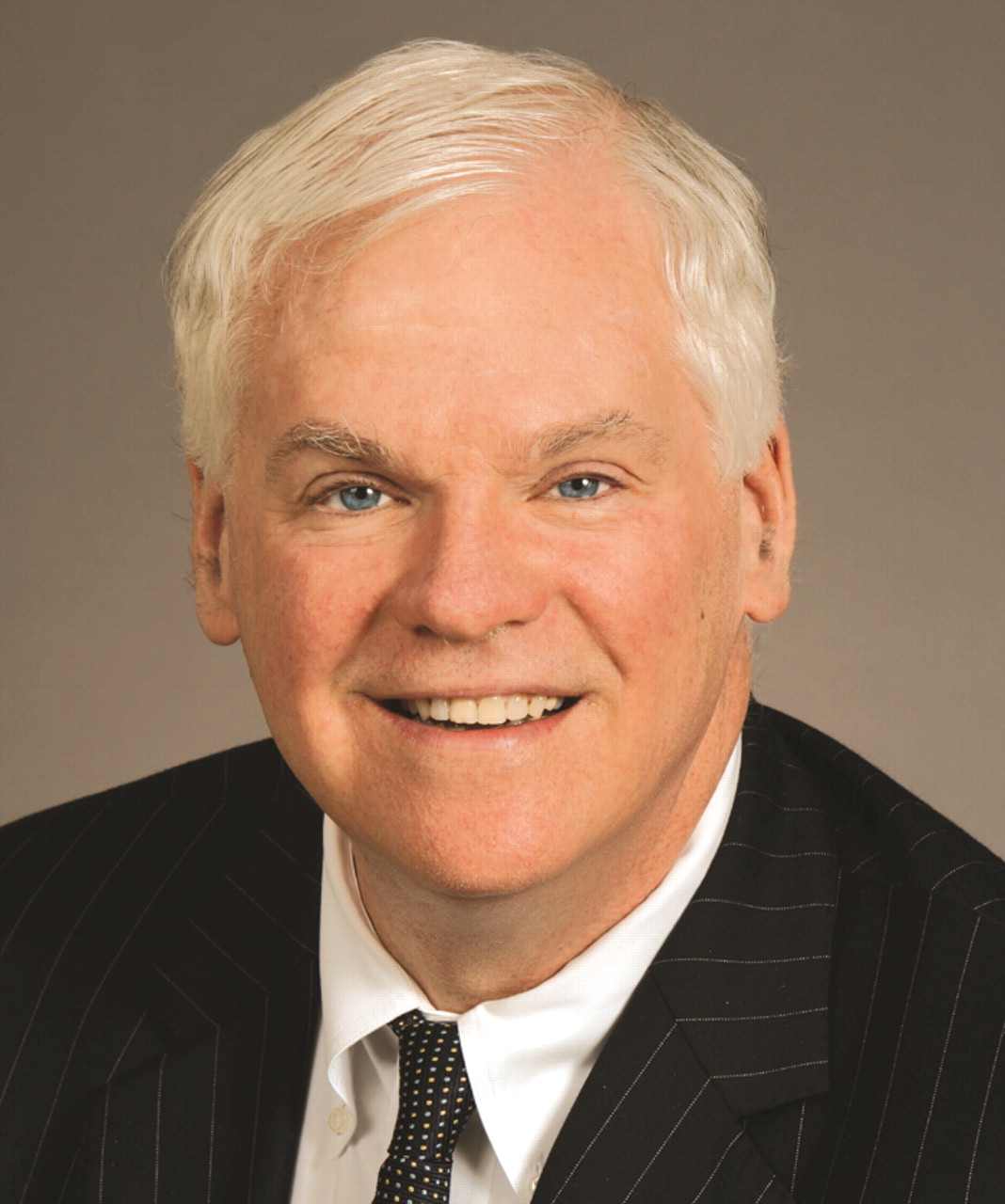Membership Department: APA’s Nerve Center

These are the types of questions that staff in the Membership Department field on a daily basis. Did you know that on average more than 1,000 members change their district branch affiliation each year? Or that 600 members-in-training advance to general membership each year? Last year almost 650 members applied for the new category of fellowship, and there were more than 130 nominations put forward by district branches for distinguished fellowship. There are also more than 2,000 new members enrolled annually, which means that welcome packets must be sent; membership certificates must be sent as well to new general members.
The Membership Department is also responsible for sending more than 27,000 renewal notices in October each year and then every other month until dues are paid in full or the member is dropped for nonpayment. When members face financial hardship, there is a process by which they can request dues relief. Hundreds of such requests are processed annually.
The department has 12 staff members, with an annual budget of $1.3 million. Membership dues represent 19 percent of APA’s total revenue. Five membership coordinators are assigned to work with specific district branches and members in a geographic area. These coordinators process new member enrollments and reinstatements, serve as the point of contact for district branch staff, and have overall responsibility for ensuring member inquiries are handled efficiently. Two project coordinators handle special functions such as coordinating the dues-relief process, fellowship applications and distinguished fellowship nominations, district branch transfers, and the process of resident advancement to general membership. Two other staff work directly with the membership database by adding new members and making member class and status changes, as well as coordinating the invoice renewal process, running statistical reports, and keeping member records up to date. One staff member provides administrative support to the department and ensures that membership cards are sent in a timely manner. Two staff members provide management and administration to the department’s daily operations, as well as support the Membership Committee.
The department has the overall responsibility for membership business operations of the Association, including implementation of membership policies and procedures, processing membership transactions, responding to member inquiries, and working closely with district branch staff. The department manages the membership database, including the invoice renewal process, maintains the accuracy and integrity of the membership data, and reports on statistical data. A task force of members and staff has been studying a new association management system. Though there is always a risk that unforeseen problems will occur with the migration to a new computer system, this system, if it is put in place, should result in streamlining the membership process.
For years members have complained that the process for joining APA is too cumbersome. They believe that it should be easier to join, easier to become a general member after finishing residency, and easier to change local membership from one state to another when moving to a new locale. As a result of actions taken by both the Assembly and the Board of Trustees, the Membership Department staff is working with 14 district branches on a pilot project to streamline membership procedures.
Through the pilot project, membership applications are submitted directly to APA for the first phase of the application process before being sent to the district branch for review (outside of the pilot project, all applications are approved first by the district branch before being sent to APA). District branches in the pilot project are presented with completed applications that meet APA criteria for membership and have been verified and credentialed by staff in the national office. The branch has 45 days in which to approve the application or request additional time for review. Many branches take fewer than 45 days to approve an application; however, if the district branch does not respond to APA in 45 days, the applicant is enrolled as a member in both APA and the district branch.
If the pilot project is determined to be successful and the procedures receive final approval from the Board of Trustees, all future applications and other membership transactions will be handled in this manner. The outcome will be that all applications, transfers, and advancements will be processed in a timely and efficient manner.
I am continually looking for ways to improve the membership experience for our members and welcome your comments and suggestions. Please forward your comments and suggestions to me at [email protected]. ▪



